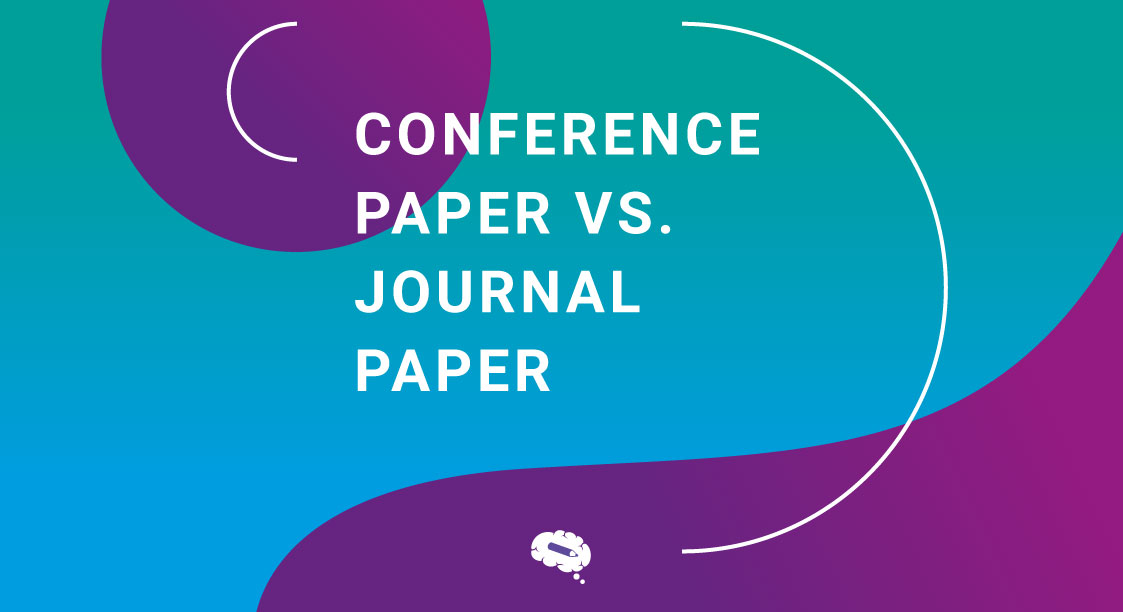A research paper and a review paper are two very specific types of papers. They have different motives, goals, and prerequisites. The elements found in research papers and review papers differ. The research paper is based on originality, therefore the paper takes into consideration the author’s original research, whereas the review paper is founded on an existing collection of knowledge.
This article will walk you through the main differences between a review paper vs. research paper, allowing you to correctly determine which one is ideal for your work.
What is a review paper?
A review paper project tries to provide readers with an overview of an existing collection of knowledge by reviewing a book or an article and examining its content, structure, style, and statements. Reviews, such as peer reviews, can be used to examine and assess the work of other authors, rating the work by comparing it to the work of others. A review article is frequently written for a large readership, which is why it is usually brief.
Review papers can be classified into three types:
- Narrative: a collection of and attempt to communicate all known information about a certain topic. It is based on research that has previously been completed and published.
- Meta-analysis: a method of comparing and combining the findings of past research studies. It is done routinely to evaluate the efficacy of a particular initiative or method of treatment.
- Systematic: a search of all known scientific information on a topic to find a solution to a specific issue or problem.
What is a research paper?
A research paper entails writing on research that has been performed by themselves, usually something new and done mostly from scratch since it has to be original research. It incorporates the research parameters, as well as the assessment, interpretation and important findings of the research.
Writing a research paper involves several phases and different aspects, such as: selecting a topic, developing a hypothesis, conducting research, testing the hypothesis, drawing conclusions, and publishing a paper supporting or denying the hypothesis.
Review paper vs. Research paper
Now that you have a basic understanding of both sorts of papers, it is time to compare and contrast the main differences between review paper vs. research paper.
| Review Paper | Research Paper | |
|---|---|---|
| What is the definition? | A thorough examination of something with the goal of implementing change if appropriate. E.g. a review of an article or other published work. | A methodical examination and analysis of materials and sources to establish facts and generate new findings. |
| What is the normal length? | The word limit is often around 3000 and 5000 words. Based on the journal, a lengthier or fairly shorter review paper may also be published. | Normally runs between 3000 and 6000 words, depending on the journal requirement. The word limit for certain publications may potentially be increased to 12,000. |
| What is the purpose? | To collect and critically examine information about a certain subject. | To present new information and findings. |
| What is it based on? | Existing literature and other work sources. | Raw data and original research. |
| How is it written? | The author will select a topic and then synthesize the existing sources of information for that topic by providing an overview of its current understanding. | The researchers develop a research question, acquire raw data, then execute their own research. The research paper is then created utilizing the data analysis and interpretations. |
These are the main differences, however, there may be others:
- A research paper is usually more detailed and thorough than a review paper.
- A research paper is usually peer-reviewed, but a review paper is not always.
- In general, a research paper is more formal than a review paper.
- A research paper’s tone is normally objective, but a review paper’s tone can be more subjective.
- A research paper is normally written in APA style, however, a review paper may be written in a different format.
Add visual impact to your posters with scientific illustrations and graphics
Using infographics and illustrations may assist to make dense information more accessible and understood, they can bring interest and engagement to a research study or presentation. Use Mind The Graph to turn your work into remarkable work.


Subscribe to our newsletter
Exclusive high quality content about effective visual
communication in science.




